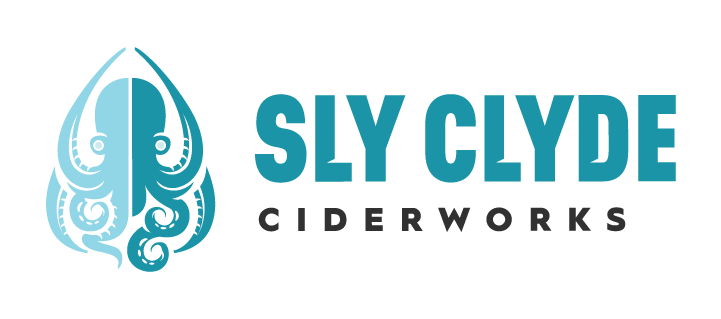SCRIBBLES TMI - YEAST
We talked last time about apples, those round beauties without which we would not have cider. But it takes two to tango, and the other indispensable dance partner in cidermaking is yeast.
To mix metaphors a bit, if apples are the actors who get all the fame and reap all the rewards, yeast is the director who works tirelessly in the background and make sure the actors live up to their full potential.
Yeast works to turn apple juice (relatively boring) into cider (very sly, and exciting). In a process known as fermentation, it converts sugar into alcohol and CO2, and has been doing so for thousands of years.
Besides producing alcohol, yeast directly contributes or modifies 58% of aroma descriptors and 79% of the flavor descriptions of alcoholic beverages (i.e., CIDER)! This means that two ciders fermented with the exact same apple blend using different yeasts will taste drastically different.
This is a fun place of experimentation for American cidermakers, who don’t always have access to the abundance of apple varieties that they still do in, for example, England and France.
There are several ways to “use” yeast, or rather ways of letting yeast do its thing.
One method used by some cidermakers is to do nothing. If you find yourself visiting cideries in the West Country of England, you'll find that this is the approach. Focus is placed on the blend of apples going into the fermentation vessel, and then the cider is left to sit and ferment using a combination of yeast present on the apple skins and in the air and in the fermentation vessel (especially if it’s an old barrel).
Another method is to choose a commercial yeast strain, which has been bred to ferment in a certain way and have certain flavor and aroma characteristics. Cidermakers, especially in America, aren’t bound by as many of the traditions and norms as their American winemaker brethern or their English and French cidermaking counterparts. This means that we experiment with white wine yeasts, red wine yeasts, ale and lager yeasts, as well as wild yeasts such as Brettanomyces to give extra oomph and flavor to our apples.
On a related note, people often ask us, “What is harder, beer brewing or cidermaking?” And while it’s not a question that we can effectively answer, because they are so different, we tend to respond that the hardest part about beer is the brewing process (soaking the barley in hot water to extract sugar, which is then boiled). There is no equivalent in cider, which is why cider is “made” not “brewed.” The apple juice blending process pre-fermentation is more of an art than a science, but the brewing process is extremely complex and small variations in water, temperature, grain bill, and hop additions make huge impacts on the final beer.
However, relative to cider, beer fermentation is fairly straight-forward. Ales typically finish fermenting in several days, whereas cider needs a minimum of a few weeks depending on the temperature (some traditional cidermakers will do “low and slow” 6-month fermentations). Beer is chock full of nitrogen and other nutrients that yeast love, whereas apple juice is nutrient deficient, so you have to baby it and give it a lot of love in order to prevent off-flavors. So we tend to say that beer is harder on the front end, and cider is harder on the back end: yet another reason yeast is so important to cidermaking!
To learn even more about yeast on a more technical level, check out Shea Comfort’s 2015 CiderCON presentation.
